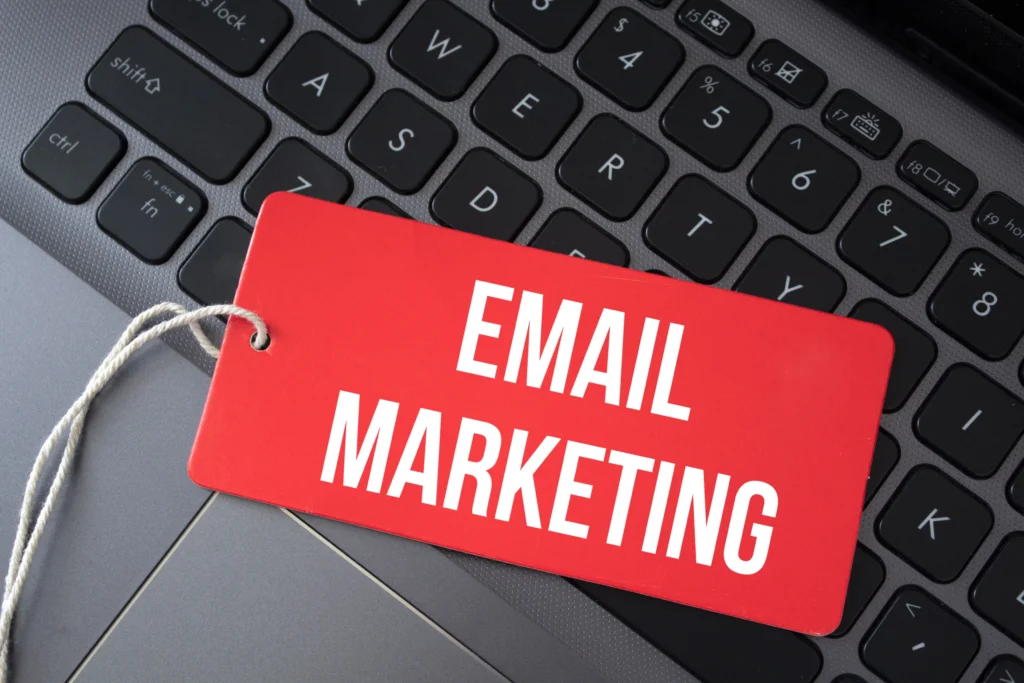
In the digital age, email marketing remains one of the most effective ways to engage audiences and drive conversions. The design of an email, especially the choice of fonts, can significantly influence its readability, visual appeal, and overall effectiveness. Choosing the right fonts is crucial for making your email campaigns stand out, ensuring that the message is clear, and providing a seamless reading experience across various devices.
This article delves into the world of fonts for email marketing, offering insights into the best font choices, why typography matters, and how you can select the perfect font for your next email marketing campaign.

The role of typography in email marketing goes beyond aesthetics. Fonts impact readability, accessibility, and even brand perception. The right font choice can enhance the readability of your message, ensure that it is properly displayed on different devices, and strengthen your brand identity. Conversely, poor font choices can result in confusion, a cluttered look, and even reduced engagement rates.
When selecting fonts for email marketing, it’s essential to prioritize legibility and versatility. Here are some of the best fonts to consider:
Arial is one of the most widely used fonts in email marketing. Its clean and modern appearance makes it highly readable on various devices and screen sizes. Arial works well for both headlines and body text, ensuring consistency throughout your email content.
Designed with readability in mind, Verdana is an excellent choice for emails. Its large x-height and wide letter spacing make it ideal for small text on digital screens, which improves legibility on mobile devices.
Helvetica is another popular sans-serif font that is highly versatile and legible. Its clean and minimalist design makes it perfect for modern brands that want to communicate professionalism and simplicity in their email marketing.
For brands looking to add a touch of elegance, Georgia is a great serif font option. It is designed to be readable even at small sizes, making it a perfect choice for body text. Georgia’s classic look adds a sophisticated feel to email designs.
Tahoma is a sans-serif font similar to Verdana, but with slightly narrower letterforms. It is widely supported across different email clients and devices, making it an excellent option for email marketing campaigns. Its readability and modern style make it suitable for both headings and body text.
Times New Roman is a classic serif font known for its traditional and authoritative look. It works well for long-form content and formal emails, providing a sense of professionalism and credibility to your messaging.
In addition to selecting the right font, it’s important to choose the appropriate font size and line spacing to ensure readability. Too small a font size can make the text hard to read, especially on mobile devices, while too large a size can make the content overwhelming.
Here are some general guidelines for font sizes and line spacing in email marketing:
Not all fonts are created equal when it comes to email marketing. Some fonts can be hard to read, appear outdated, or simply don’t convey the right message. Here are some fonts to avoid in your email marketing campaigns:
One of the key challenges in email marketing is ensuring that your fonts display consistently across different devices and email clients. Not all fonts are supported universally, which is why it’s important to use web-safe fonts. Web-safe fonts are fonts that are pre-installed on most operating systems, ensuring that they display correctly across different platforms.
Here are some common web-safe fonts for email marketing:

While web-safe fonts are a safe bet for compatibility, some brands prefer to use custom fonts to enhance their visual identity. Custom fonts can be incorporated into emails using the @font-face rule, but there are some limitations. Many email clients, such as Outlook, don’t support custom fonts, so it’s essential to have fallback fonts in place to ensure your emails are still readable if the custom font doesn’t load.
When using custom fonts in emails, always include a fallback font, like Arial or Helvetica, in your CSS to ensure that the email remains legible across all devices and email clients.
When choosing fonts for email marketing, it’s important to consider accessibility. Some readers may have visual impairments, and certain fonts may be harder to read for them. To ensure that your email is accessible to all recipients, follow these tips:
In email marketing, typography plays a significant role in communicating your brand message effectively. The right fonts can improve readability, create a professional look, and enhance the overall visual appeal of your email campaigns. By choosing fonts that are legible, widely supported across different devices, and aligned with your brand identity, you can improve engagement rates and ensure that your message resonates with your audience.
Whether you opt for widely-used fonts like Arial and Verdana or experiment with custom fonts, always remember to prioritize readability, consistency, and cross-device compatibility. With the right font strategy, your email marketing campaigns will stand out and make a lasting impression.